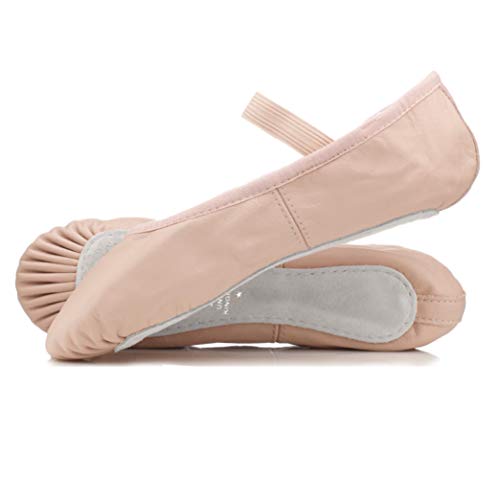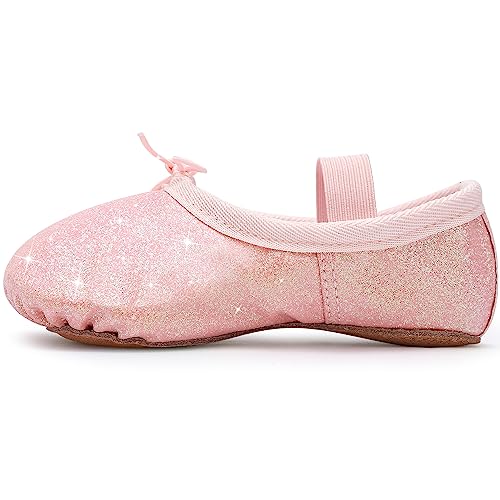Understanding Ballet Shoes: An Overview
Ballet shoes have been designed to provide dancers with optimal support and flexibility during performances. They are an essential element of a ballerina’s attire and have been adapted and modified over the years to suit the changing demands of the art form. However, one question that often comes up is whether there are different ballet shoes for men and women.
The Differences Between Men’s and Women’s Ballet Shoes
While ballet shoes for men and women may look similar, there are some key differences in their design to accommodate differences in foot shape, strength, and technique. For example, men’s ballet shoes usually have a wider toe box, as men typically have broader feet than women. They are also generally wider and more robust to support the weight of a male dancer’s body during jumps and lifts.
Why It Matters
While some dancers may be able to get away with wearing “unisex” ballet shoes, investing in a pair of shoes specifically designed for your gender and foot type can make a significant difference in terms of support, comfort, and injury prevention. Wearing ill-fitting shoes, or shoes designed for the opposite gender, can result in discomfort, blisters, and other foot problems that can affect a dancer’s performance and long-term health.
Where to Buy Ballet Shoes
There are a variety of brands that sell ballet shoes for both men and women. Some popular options include Capezio, Bloch, Sansha, and Wear Moi. Prices can vary depending on the brand and quality of the shoe, but it’s generally a good idea to invest in a high-quality shoe that will last longer and provide better support. In some cases, dance stores may offer fittings with a trained professional to help you find the right size and style for your foot type and skill level.
Ballet shoes for men and women are similar in their purpose, but differ in their design based on the unique physical characteristics and techniques of male and female dancers. Investing in a well-fitting pair of ballet shoes tailored to your gender and foot type is essential for comfort, support, and injury prevention, and can make a significant difference in your overall performance as a dancer.






